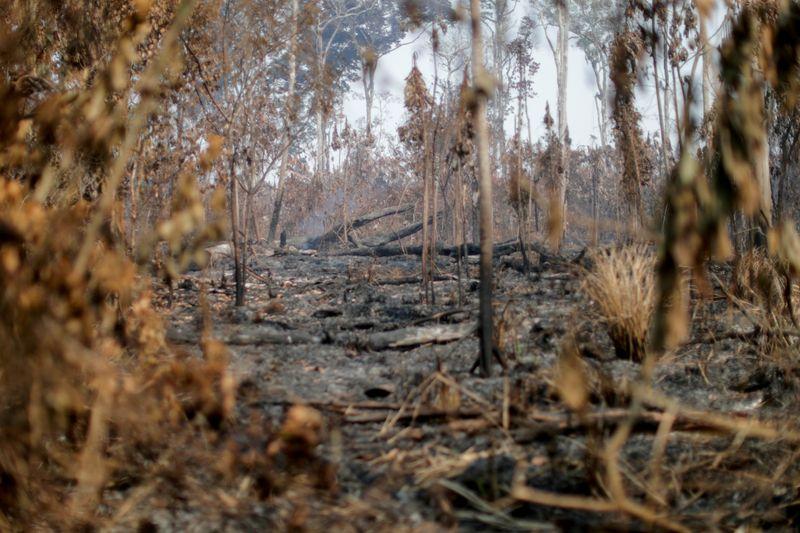A burning tract of the Amazon jungle is seen near Apui, Amazonas State, Brazil, August 11, 2020. photo:Reuters
Deforestation falls over September in the Amazon, but is still much too high
By Patryk Krych | The World Daily | OCTOBER 11th 2020
Over the past three months, there’s been a gradual fall in deforestation rates in the Amazon rainforest. The fall has been occurring steadily since the heightened severity of forest fires, and yet is still far higher than it was in previous years.
Earlier this year, in January, government data had revealed a serious spike in deforestation activity in the Amazon rainforest compared to 2019. Much of this is primarily thought to be the fault of the Brazilian President Jair Bolsonaro, who’s been known to deny climate change, promoted the logging industry, and had taken office in 2019.
The previous month of September proved to be the third month in a row in which deforestation rates have slowly fallen, however, which some cheer as a sign of positive change. The reality of this may be somewhat grim, nonetheless.
Since President Bolsonaro took office, deforestation rates had climbed higher and higher. The recent, slow drop in these rates has been something of a nice surprise for the many environmental activists condemning the destruction. However, deforestation rates still remain higher than they had been before Bolsonaro’s presidency.
“The deforestation numbers continue to be terrible and unacceptable,” Marcio Astrini of the Climate Observatory NGO, told Reuters. “Everything that brought us to this scenario of environmental chaos, of uncontrolled deforestation and crime taking hold in the Amazon continues to exist.”
Despite the lowering deforestation rates, they are a pale celebration when considering how things in the Amazon logging industry had changed and worsened since the last year. Especially when considering the severe forest fires experienced not only by the Amazon, but in most major forests of the world – which had slowed the rates of manual deforestation, but not of destruction.
Astrini emphasized the size of the destruction of forests in the modern day by explaining that deforestation alerts used to be measured in hundreds of square kilometres. In the present day, they are measured by the thousands of square kilometres, due to the increasing amount of both industrial and unavoidable destruction to forests.






